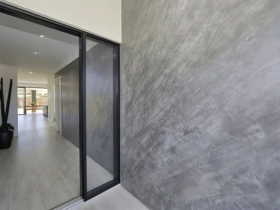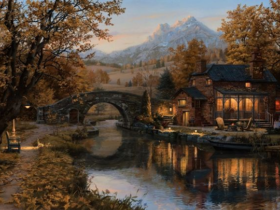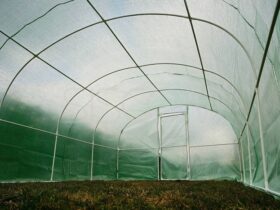When making repairs in the room, sometimes you have to update, refresh the wall or any other surface. Especially often, such a need arises in a house where young children live, who simply love to “perform” artistic painting on the walls. However, this is not the main problem that you will have to encounter. The surface preparation itself for coloring will not create large difficulties for you directly, especially since now there are a huge selection of modern tools and materials in stores.
It must be remembered that dust, dirt and mold can accumulate on the working surface. If the surface is not processed from these pernicious influences before work, then all your further work will bring nothing but disappointment. The need for careful preparation of the surface for painting becomes clear.
So, if the stains of the nitrate are on your work surface, they can be treated with special washing or. Improving insulation will also be a good way to combat nitrate, since it forms precisely in rooms with low insulation.
Children’s «artistic works» made by a pencil, paint or crayons are excreted from the wall with a stain converter or simple water. In this case, aerosols and liquid substances that are applied by cross -line movements can be used as a stain carrier. Note that with the help of a spoon of the stain remover, the old water flow can be removed. Spraying is best done at a distance of 25-30 cm from the wall. Only special products can cope with mold and fungus, t.to. This is a sufficiently powerful parasite. It is necessary to fight with such pollution, otherwise, after a “fresh” repair, they will appear again. After processing the moldy surface with special preparations, the site is closed.
If there are chips and damage at the corners of the walls, such a deformation is corrected by setting a galvanized corner, which is subsequently putty.
Before painting the surface, it is recommended to protect the unused surface from spraying the paint. For this, there are various films: a painting tape for objects of large length: window frames, platbands, etc.; self -adhesive tape, which also protects from splashes qualitatively.
The preparation of the surface for painting includes and the removal of old coatings on the walls. If you find a plot with old paint on the wall, it is important to determine whether it is worth it to remove it or not. A simple way is to wet your finger and attach to the surface under study — if the print is visible, the paint must be washed off. In addition, you can use a wet roller that should be rolled over the surface, if the layers of paint stick to the roller, wash off the paint. There is a great way to easily remove the old paint: 250 ml of the wallpaper removal for 10 liters of water. This tool is applied to the surface, and then washed off with simple movements with a wide brush.
To fix the old plaster, a solution of special primer is used. As a rule, for a kitchen subject to various strong influences, a primer based on solvents is used, while for residential rooms they use a primer without a solvent.











Оставить коммент.